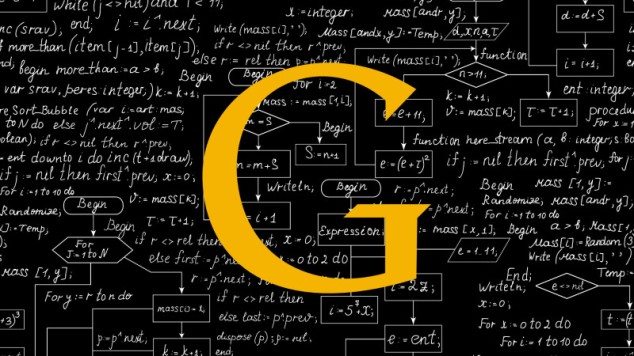The rules regarding link building are seemingly always changing, so columnist Jayson DeMers lays out thoughts about what’s safe, what isn’t, and how you can hedge your bets.
Google’s webmaster trends analyst, John Mueller, answered a common question: “Is link building in any way good?”
His answer was somewhat surprising.
“In general, I’d try to avoid that,” he said, indicating that link building, long believed to be an essential process in SEO, is no longer advisable.
Mueller elaborated on his answer, saying that Google does take links into consideration as part of its ranking algorithm, but that building links directly isn’t the right way to go about it. He stated that your goal should be to make sure your content “stands on its own” and easy for your users to share on their own blogs and websites.
He also downplayed the importance of links, insisting that the ranking algorithm takes many factors into consideration, and building links might ultimately do more harm than good for your site.
Links Doing More Harm Than Good?
The short version of Mueller’s response is only somewhat surprising. Google, as a whole, has long viewed link building as a form of soft link manipulation.
Google’s job is to find the most relevant pages on the web for a user query and rank them based on quality and authority. Any inorganically gained signals of quality/authority (including links) could interfere with the accuracy of those rankings. For Mueller to dismiss link building is in line with that position.
The “Right” Way To Build Links
What John Mueller describes as the right way to build links actually is the right way. It’s the best, most efficient method you have of building links, but it takes some extra time and money to get the job done.
Google considers links valuable in its ranking algorithm because they’re an indication of trust, credibility, and authority. When another website links to yours, it means they found something valuable on your site, and that makes you more valuable by proxy.
Building links on your own mimics this status, but doesn’t convey any actual credibility because you’re the one building them — and Google doesn’t want you to be able to vote for yourself. Instead, work on developing high-quality content that is valuable and likely to be shared.
Costs, Risks & Benefits
Building links can, in fact, do more harm than good – but only if you do it wrong. To determine whether or not link building is actually worth pursuing, you have to understand the costs, risks, and benefits involved with either path forward.
Link building has changed over the last few years. It used to be considered a “best practice” to acquire keyword-rich links on article directories, website directories, social bookmarking sites, etc. Now, those same tactics will only devalue your site (or worse, land you a manual penalty).
These days, earning links through quality content publication — both on your site and off — gets you substantially more value with zero risk, but it also costs a lot more than link building tactics of the past few years. It takes substantially more time, money, and effort to accomplish successful link building than it did just a few years ago.
The Bottom Line
Link building isn’t dead, and it isn’t something you should avoid entirely – after all, Google does still value external links. However, you might want to consider updating your strategy.
Hedging your bets with a bit of traditional link building and a focus on earning links through quality content can get you the best of both worlds — you’ll get the value and low risk of content-based links, but the stability and predictability of lower-cost traditional links.
With that blend, you can stay comfortably within budget while incrementally and reliably building your authority; and, as long as you’re smart with your traditional link building practices, you’ll never have to worry about being penalized.



